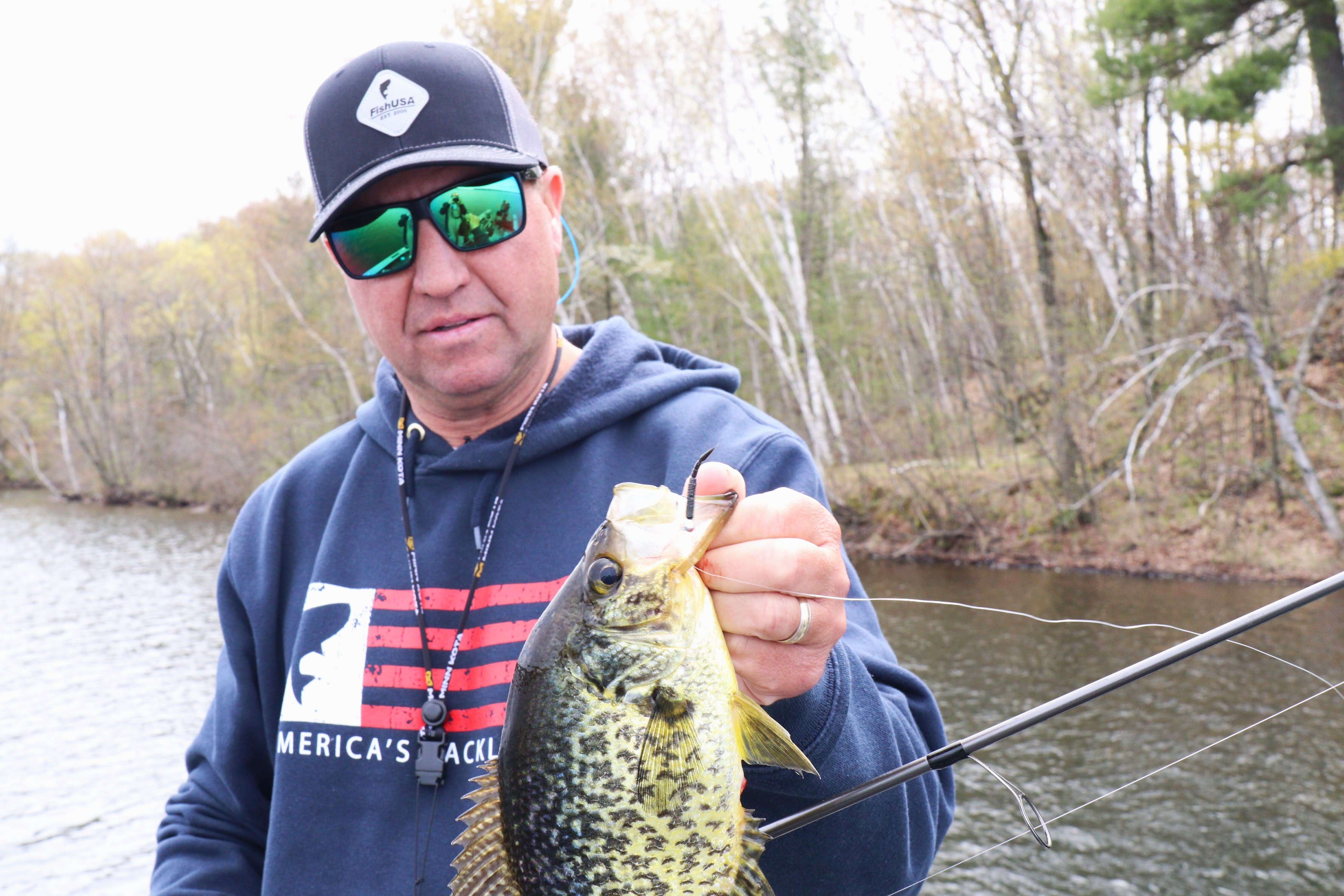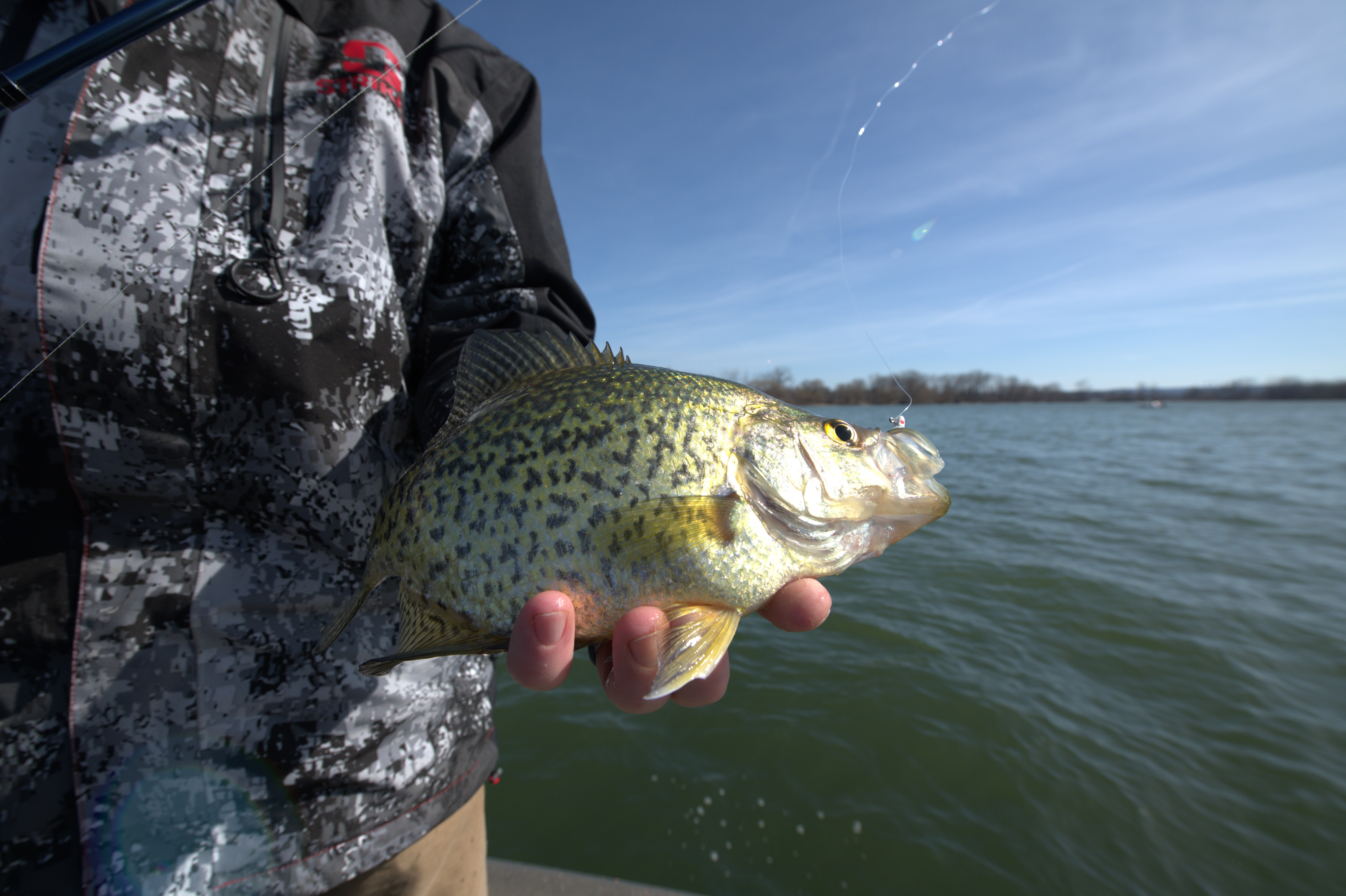Crappie Spawning Explained: Timing, Locations, and Tips
Table of Contents
When Do Crappie Spawn?
Seasonal Timing
Water Temperature
Where Do Crappie Spawn?
Preferred Spawning Areas

Regional Variations
Crappie Spawning Behavior
Role of Male Crappie
Role of Female Crappie
Egg Incubation and Fry Development
How to Identify the Crappie Spawn
Visual Signs
Behavioral Cues
Environmental Clues
Fishing Tips for the Crappie Spawn
Target Shallow Areas
Use the Right Baits and Lures

Be Gentle with Spawning Fish

Factors That Affect the Spawn
Weather Conditions
Water Clarity
Fishing Pressure
Conclusion
Shop Crappie Fishing Gear

